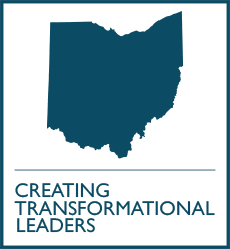Resources for Faculty Teaching M2 Students
Modules and courses in the M2 year that faculty may teach in include the following:
- Foundations of Disease and Treatment (FDT)
- Patient, Physician and Community III (PPC III)
- Diagnosis and Treatment I (D&T I)
- Patient, Physician and Community IV (PPC IV)
- Diagnosis and Treatment II (D&T II)
- Patient, Physician and Community V (PPC V)
As part of the curriculum change initiative, the curriculum shifted to active learning strategies with reduced class time. Active learning approaches most used in the M2 courses are peer instruction (PI), case-based learning (CBL), and laboratory.
Please see the resources below for more details.
Constructing a Case-Based Learning (CBL) Session
The PI instructional approach was developed by Eric Mazur, a Harvard University professor and physicist. In NEOMED College of Medicine’s adoption of PI, learners read and review preparatory material prior to coming to a learner-centered synchronous class where PI questions are posed that mirror the structure of National Board of Medical Examiner (NBME) question items. The most recent NBME Item Writing Guide on best practices in writing question items can be found on this website.
Harvard Macy Institute’s Med Ed Pearl blog post describes Wright State University Boonshoft School of Medicine’s approach to PI including 7 basic steps of what occurs during a typical class session.
The College of Medicine’s adoption of peer instruction in the 2020-21 academic year created several faculty development opportunities around peer instruction which include some of the following resources:
Additional active learning resources are provided below.

